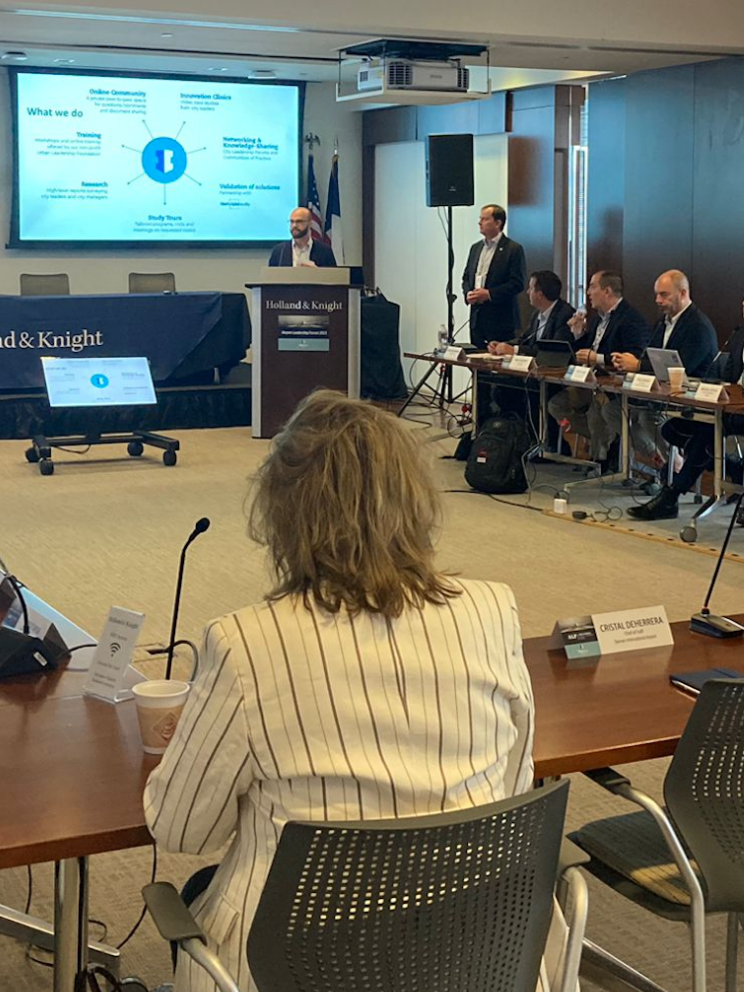
New satellite system to improve city 3D mapping
12 March 2025
by Jonathan Andrews
Cities will soon have access to high-resolution 3D maps updated every four to six months, following the development of a new Earth observation satellite system by Marble Visions, a joint venture with NTT DATA, PASCO, and Canon Electronics.
The system, expected to launch its first satellite in 2027, aims to improve urban planning, infrastructure maintenance, and disaster response by providing more frequent and detailed geospatial data.
Marble Visions, a subsidiary of NTT DATA, was selected in early 2025 for funding from the Japan Aerospace Exploration Agency’s (JAXA) Space Strategy Fund. The company aims to replace traditional digital elevation models, which are typically updated every one to five years, with a satellite constellation that will provide more frequent updates for urban areas worldwide.
Matthew O’Neill, Head of Networks at NTT DATA UK&I, told Cities Today that more frequent geospatial updates will help city governments move beyond outdated mapping practices.

“For too long, city planning has been reactive–decisions are based on outdated maps, and by the time new data comes in, the landscape has already changed,” he said. “We’re shifting this paradigm. Cities can not only visualise changes but also model future scenarios to drive smarter urban planning.”
The system could also help cities take a more proactive approach to infrastructure maintenance.
“With the level of detail and frequency that Marble Visions provides, infrastructure maintenance becomes predictive rather than reactive,” he said. “We can create digital twins to improve the forecasts for road degradation, structural weaknesses, and unauthorised developments before they become major problems.”
Disaster response and resilience planning are also expected to benefit.
“With climate disasters becoming more frequent and severe, cities need up-to-date data to make smart, quick decisions, especially when lives and livelihoods are at stake,” he explained. “Marble Visions is a critical advancement in disaster preparedness and response, offering faster, more accurate geospatial insights that help cities act decisively in critical moments.”
He added that current flood risk models rely on outdated elevation data, making predictions unreliable. More frequent updates could improve drainage planning and early warning systems.
The satellite system also promises a more cost-effective alternative to traditional mapping methods, which rely on aerial surveys, drones, and manual data collection.
“By using satellite data, we’re eliminating the need for frequent airborne scans or manual mapping, bringing down costs significantly,” he added. “By leveraging digital twin solutions together with IoT systems and real-time environmental data, we’re empowering stakeholders to make informed decisions and take decisive action.”
However, he acknowledged that integrating new geospatial intelligence into municipal systems could pose challenges.
“The biggest challenge is adoption. Many municipal systems are built on legacy technology, and integrating new, cutting-edge geospatial intelligence isn’t always straightforward,” he said.
Marble Visions plans to scale its operations with additional investment, with NTT DATA holding a majority stake in the venture. The system is expected to support long-term urban planning, environmental monitoring, and infrastructure management by providing cities with more timely and actionable geospatial insights.
Image: Davidzean | Dreamstime.com









